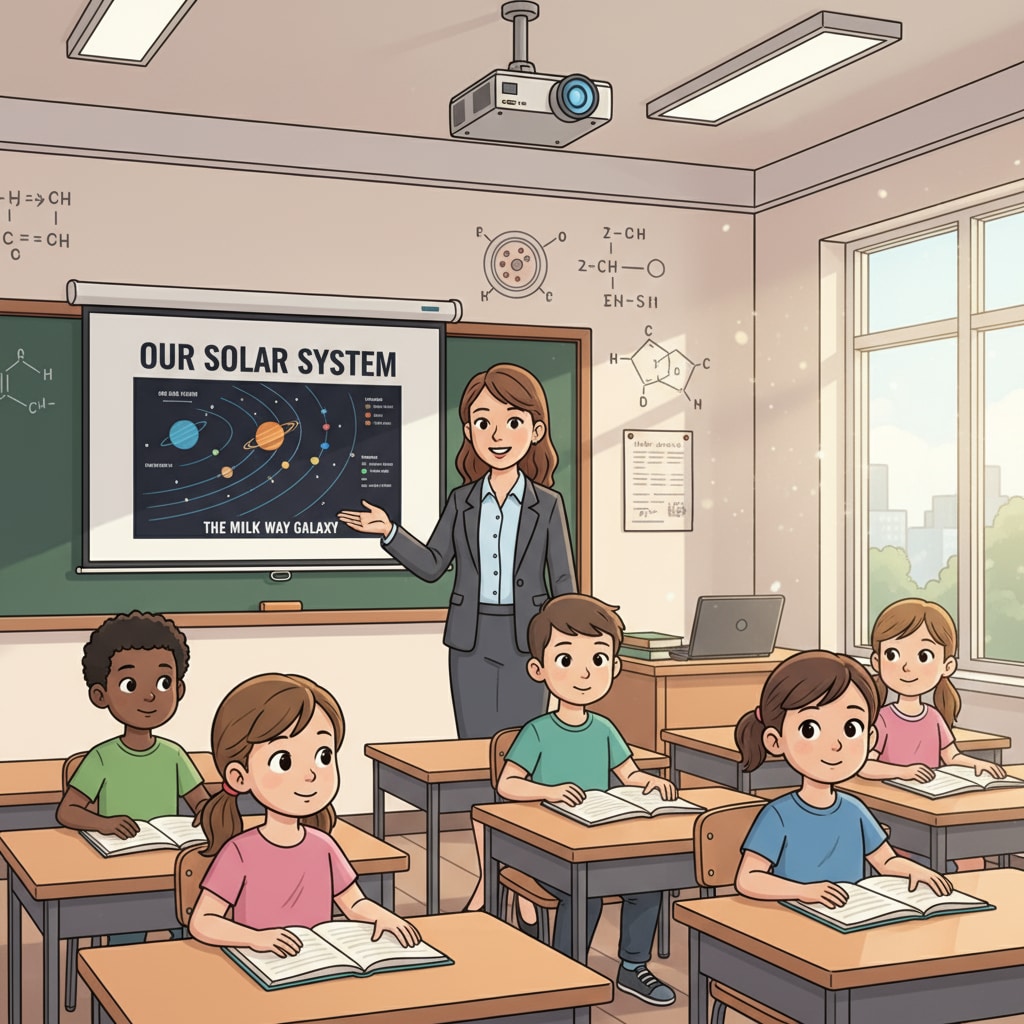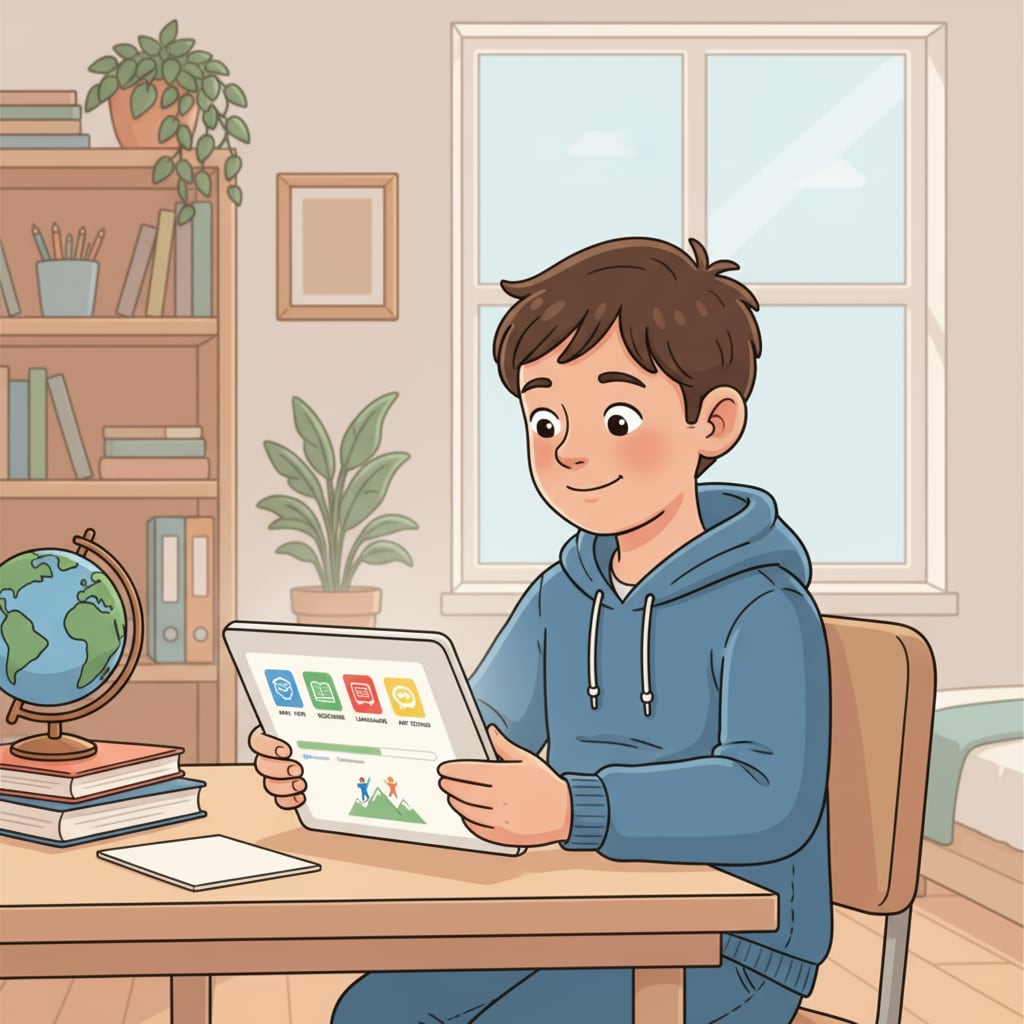In the landscape of K12 education, the interplay between teaching methods, technology, and traditional tools has become a topic of great significance. As digital technology surges forward, educators are faced with the dilemma of choosing between traditional teaching approaches and embracing new technological advancements. The question remains: how can we strike the perfect balance?

The Allure of Traditional Teaching Tools
Traditional teaching tools, such as the trusty blackboard and textbooks, hold a special place in education. The blackboard, for example, offers a tangible and immediate way for teachers to present information. It allows for spontaneous interaction, as teachers can quickly write, draw, and erase, engaging students in real-time. Textbooks, on the other hand, provide a structured and comprehensive source of knowledge. They are reliable references that students can return to time and time again. According to Wikipedia’s entry on Traditional Education, these traditional tools have been the cornerstone of education for centuries, fostering a sense of familiarity and stability in the learning environment.
The Rise of New Teaching Technologies
However, the digital age has brought about a plethora of new teaching technologies. Interactive whiteboards, online learning platforms, and educational apps are just a few examples. Interactive whiteboards combine the best of both worlds, allowing teachers to display digital content while still having the ability to write and annotate. Online learning platforms offer flexibility, enabling students to learn at their own pace and access a vast library of resources. Educational apps, with their gamified and interactive features, can make learning more engaging and fun. As stated in Britannica’s article on Educational Technology, these technologies have the potential to revolutionize the way we teach and learn.

Finding the balance between these two extremes is not an easy task. It’s not about replacing traditional teaching methods with new technologies, but rather integrating them in a way that enhances the learning experience. For example, a teacher could use a traditional blackboard to introduce a concept, and then use an interactive whiteboard to display relevant multimedia content, such as videos or animations, to further illustrate the point. This way, students can benefit from the best of both worlds.
In conclusion, in the K12 education realm, the key lies in finding the right equilibrium between teaching methods, technology, and traditional tools. By leveraging the strengths of both traditional and new approaches, educators can create an environment where students thrive and achieve their full potential.
Readability guidance: The article uses short paragraphs and lists to summarize key points. Each H2 section provides relevant details. The proportion of passive voice and long sentences is controlled, and transition words are used throughout to enhance readability.


